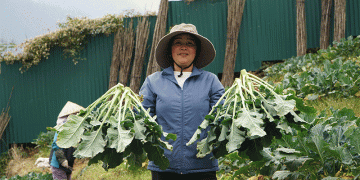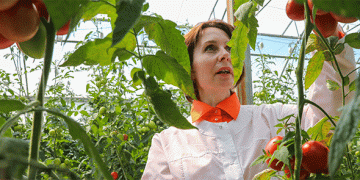Andalusia, Spain’s leading citrus-producing region, is projected to contribute 38.8% of the national citrus output for the 2024/25 season, with an anticipated yield of over 2.2 million tons. This represents a robust 19.2% increase compared to the previous season. The growth comes as a welcome relief after years of fluctuating yields due to challenging weather and market conditions.
Key factors contributing to this surge include above-average rainfall in 2023 and a significant improvement in irrigation resources. Relaxation of water restrictions has allowed optimal growth, while collaborative pest and disease management initiatives have kept crop health intact. These efforts underscore the effectiveness of partnerships between local authorities and the agricultural sector in Andalusia.
Regional Contributions and Economic Significance
Provinces such as Sevilla, Huelva, Córdoba, and Almería are the primary contributors to this growth, with oranges being the dominant variety. Alongside oranges, other citrus fruits like lemons, mandarins, and grapefruits are also expected to see production increases. The citrus sector is not only a cornerstone of Andalusia’s agricultural economy but also a major player in Spain’s overall export market, providing significant employment opportunities.
Competitive Landscape and Market Impacts
As Andalusia experiences this production boom, the global citrus market remains competitive. Key rivals, such as Brazil and Egypt, continue to shape international trade dynamics. However, Andalusian citrus is positioned to maintain its stronghold in European markets, leveraging its reputation for quality and proximity to key consumers.
The 2024/25 citrus season promises to be a milestone for Andalusia, thanks to favorable climatic conditions, enhanced water management, and strong regional cooperation. This growth not only strengthens the region’s agricultural economy but also positions Andalusia as a global leader in citrus production. For farmers, agronomists, and policymakers, this season serves as a testament to the power of resilience and strategic planning in agriculture.































